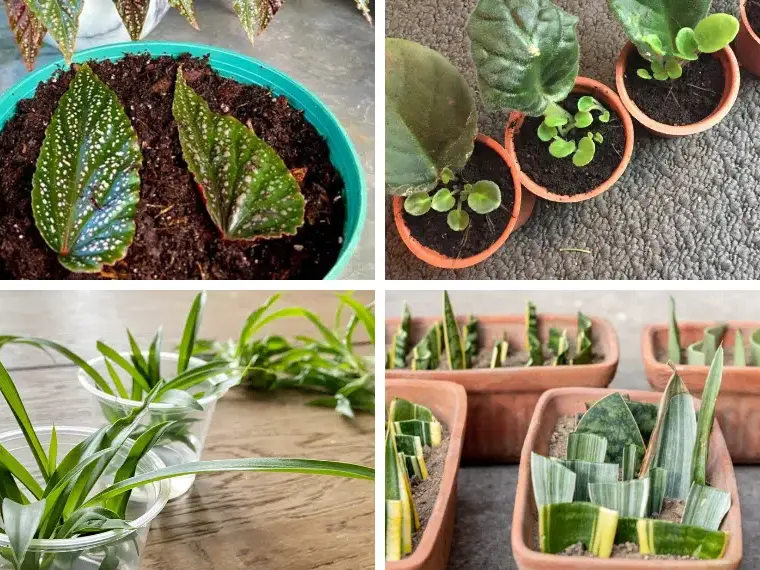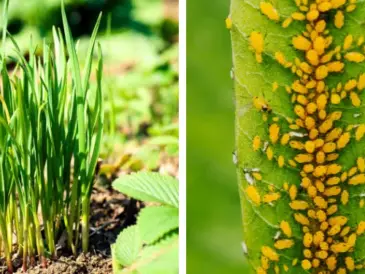There’s something deeply satisfying about turning a single leaf into a thriving new plant.
Propagating houseplants from leaves is not only a fun and educational experience, but it’s also one of the most sustainable and cost-effective ways to expand your indoor jungle.
Many of your favorite houseplants have the remarkable ability to regenerate – creating new roots, shoots, and eventually whole plants from just one healthy leaf.
With a bit of patience and care, you can multiply your collection and share your green treasures with friends and family.
Why Propagate Houseplants from Leaves?
Propagation is a cornerstone of sustainable gardening, and leaf propagation, in particular, brings many unique benefits.
Cost-Effective Growth
You can grow as many plants as you like without spending extra money at the nursery. A single mother plant can produce dozens of new ones.
Sustainability and Zero Waste
Instead of throwing away broken leaves or trimmings, you can turn them into new growth. It’s recycling, but for your garden.
Educational and Rewarding
Watching roots form and leaves develop gives you a front-row seat to nature’s quiet miracle – how life regenerates from the smallest piece.
Perfect for Gifting
A propagated plant makes a meaningful, homegrown gift. It’s a living reminder of your care and patience.
1. Spider Plant (Chlorophytum comosum)
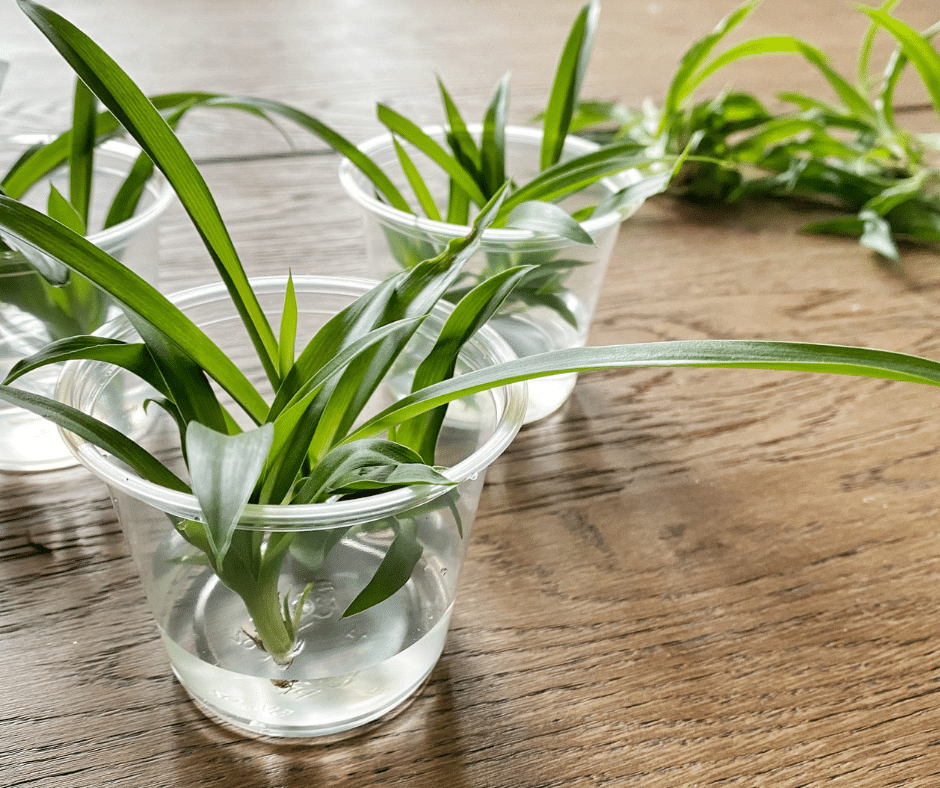
The cheerful, arching Spider Plant is one of the easiest houseplants to propagate. While it technically produces “pups” rather than single-leaf cuttings, those baby plants grow effortlessly into new individuals.
How to Propagate
Look for small offshoots or “spiderettes” hanging from the main plant’s stems. Wait until they develop small roots, then cut them free and plant them in a small pot of moist, well-draining soil.
Tips for Success
- Keep the soil slightly damp while roots establish.
- Place in bright, indirect sunlight.
- Once rooted, treat them like mature spider plants.
Why it works: Spider plants naturally produce clones of themselves, making propagation nearly foolproof.
Fun fact: They’re famous for improving indoor air quality, removing toxins like carbon monoxide and formaldehyde.
2. Snake Plant (Sansevieria trifasciata)

The Snake Plant is one of the few succulents that can regrow from a single leaf. Its thick, upright foliage stores water, giving cuttings the strength to survive until roots form.
How to Propagate
Cut a healthy leaf near the base and divide it into 2–3 inch sections. Let them dry for a day or two, then insert each piece upright into a pot of slightly moist, sandy soil.
Tips for Success
- Label the top and bottom of each cutting – planting upside down won’t work.
- Water sparingly to avoid rot.
- Place in bright, indirect light.
Why it works: Snake plants regenerate from rhizomes (underground stems) that send out new shoots when conditions are right.
Bonus tip: You can also root cuttings in water before transferring them to soil for faster success.
3. Jade Plant (Crassula ovata)

The Jade Plant, also known as the money or friendship tree, is a symbol of prosperity – and it’s incredibly easy to propagate from leaves or stems.
How to Propagate
Gently twist off a healthy leaf or take a small stem cutting. Let it sit in a dry, shaded area for a few days so the cut end can callous over. Once dry, press the leaf gently into well-draining succulent soil.
Tips for Success
- Don’t water for a week after planting; wait until roots form.
- Water lightly thereafter.
- Provide bright, indirect sunlight.
Why it works: Jade’s fleshy leaves store water and energy, allowing it to regenerate even in harsh, dry conditions.
Bonus fact: A jade propagated from a single leaf can grow into a miniature tree in a few years.
4. African Violet (Saintpaulia)

Few houseplants are as charming and rewarding as the African Violet – and surprisingly, it’s one of the easiest flowering plants to grow from a single leaf.
How to Propagate
Cut a healthy, mature leaf with about an inch of stem attached. Dip the stem in rooting hormone and insert it into moist, airy potting mix (preferably one designed for African violets).
Tips for Success
- Keep the soil evenly moist but never soggy.
- Cover the pot with a clear plastic dome or bag to trap humidity.
- Place in bright, filtered light.
Why it works: African violets regenerate from cells at the leaf’s base, forming tiny plantlets after just a few weeks.
Fun fact: Each new plant grown from a single leaf can eventually bloom multiple times per year.
5. Begonia (Various Varieties)
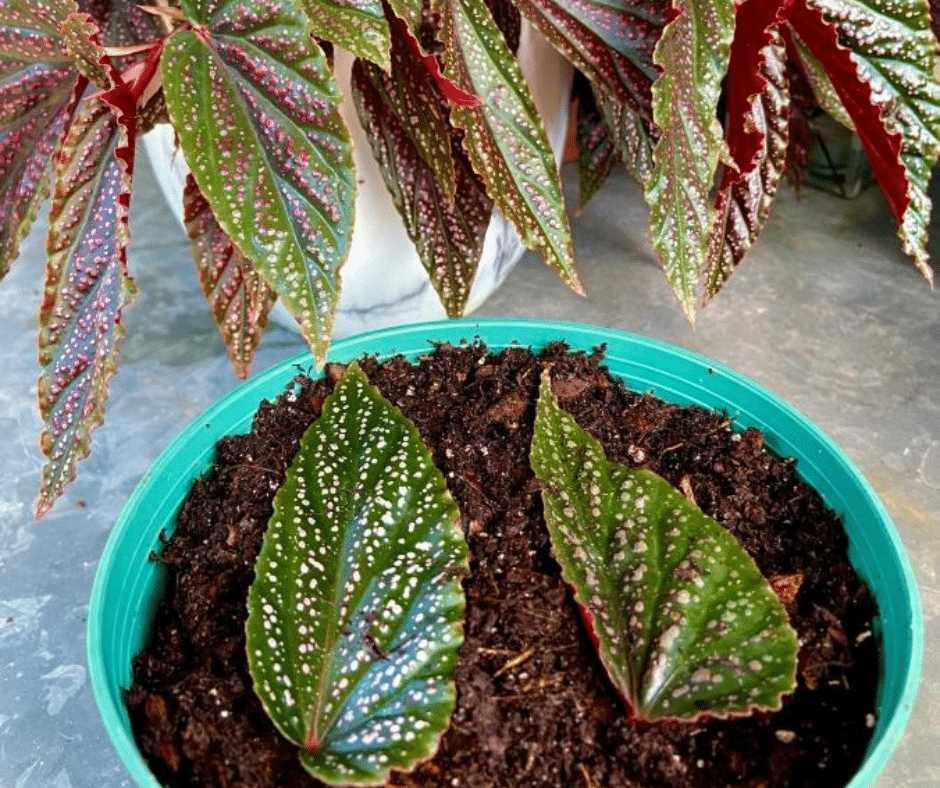
Begonias are prized for their patterned leaves and brilliant flowers – and they’re one of the few plants that can be propagated from leaf cuttings alone.
How to Propagate
Take a healthy leaf and cut it into sections, making sure each piece includes a vein. Lay the pieces flat on moist soil with the veins facing down and press them lightly into the surface.
Tips for Success
- Cover with plastic wrap or a humidity dome.
- Keep in bright, indirect light.
- Mist occasionally to maintain moisture.
Why it works: Begonias can form roots and shoots directly from the leaf veins – a rare ability among plants.
Bonus fact: Rex Begonias produce striking new foliage patterns, so propagation often results in plants that look slightly unique from the parent.
6. Pothos (Epipremnum aureum)
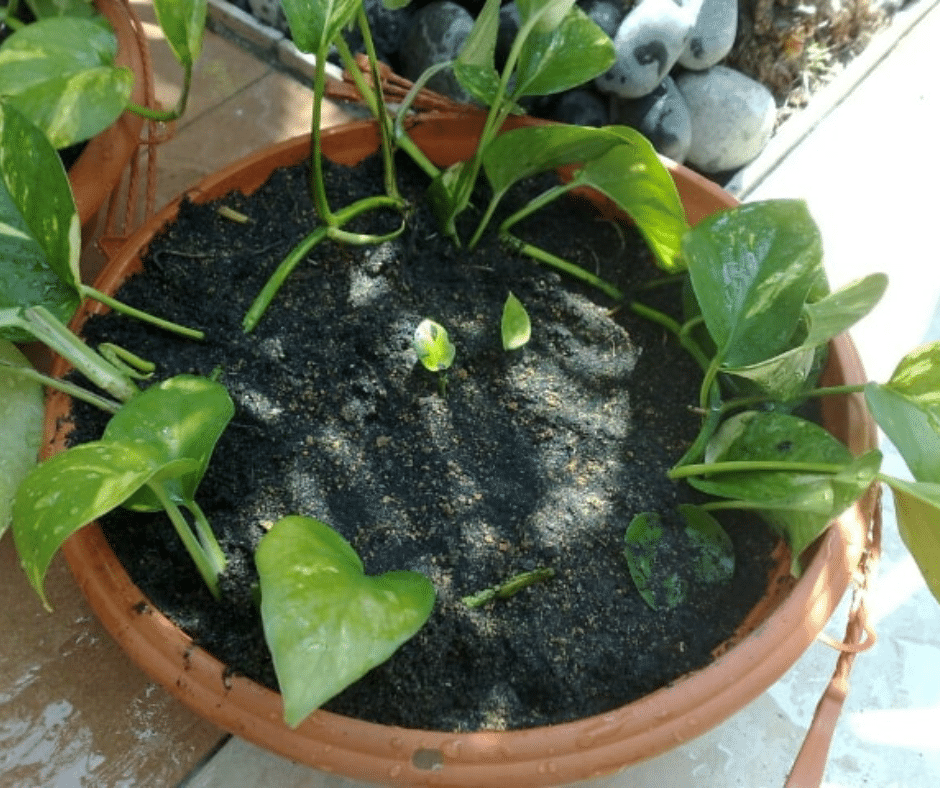
The Pothos, also known as Devil’s Ivy, is nearly indestructible and one of the easiest houseplants to propagate from cuttings.
How to Propagate
Cut a vine section just below a leaf node (the small bump where roots will form). Place the cutting in water until roots are about 2–3 inches long, then plant it in soil.
Tips for Success
- Change the water every few days.
- Once planted in soil, water lightly until roots adjust.
- Provide bright, indirect light.
Why it works: Pothos are naturally vining plants that develop aerial roots along their stems, making propagation quick and reliable.
Fun fact: You can grow an entire wall of Pothos just by rooting trimmings in jars around your home.
7. Philodendron (Various Varieties)
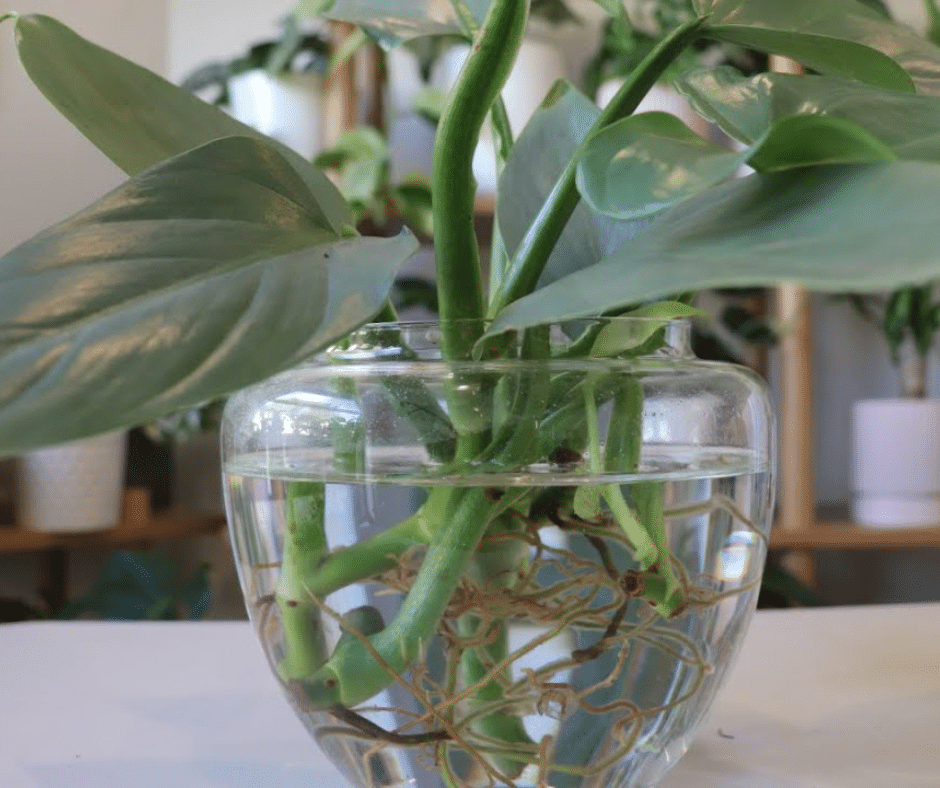
Closely related to Pothos, Philodendrons are easygoing, fast-growing houseplants that can be propagated from stem cuttings or even large single leaves with nodes attached.
How to Propagate
Snip a stem cutting with at least one node and one leaf attached. Submerge the node in water or plant it directly in moist potting soil.
Tips for Success
- Keep humidity high around new cuttings.
- Replace water every few days if rooting in a jar.
- Avoid strong, direct sunlight.
Why it works: The node contains growth cells that generate new roots and shoots, allowing rapid regeneration.
Bonus fact: Philodendrons are among the best air-purifying plants and thrive in almost any indoor environment.
8. Kalanchoe (Various Varieties)

The colorful, blooming Kalanchoe is another succulent superstar that propagates easily from leaves or small plantlets.
How to Propagate
Remove a healthy leaf and let it dry for 2–3 days. Once calloused, place it on top of slightly moist cactus soil. Roots will form from the base within a couple of weeks.
Tips for Success
- Keep the soil dry between waterings.
- Provide bright but filtered light.
- Avoid excessive humidity.
Why it works: Like many succulents, Kalanchoe leaves contain stored water and nutrients, enabling them to grow roots before the mother leaf even decays.
Fun fact: Some Kalanchoe species naturally produce baby plants along their leaf edges that drop off and root themselves – a true self-propagator.
Tips for Successful Leaf Propagation
Getting propagation right is all about providing the right balance of moisture, warmth, and patience.
- Use sterile tools: Always clean scissors or knives with alcohol before cutting to prevent infection.
- Choose healthy leaves: Avoid damaged, wilted, or diseased material.
- Provide humidity: Covering your cuttings with a clear plastic dome helps them retain moisture.
- Avoid direct sunlight: Bright, filtered light encourages root growth without stressing leaves.
- Be patient: Rooting can take several weeks, depending on the species and environment.
- Use rooting hormone: Optional, but it can significantly speed up root development for stubborn varieties.
Propagating houseplants from leaves is more than just an experiment – it’s a form of creative gardening that rewards curiosity and care.
Watching new life emerge from a single leaf reminds us of nature’s resilience and beauty.
